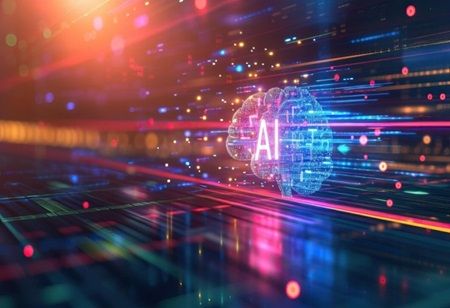A Tokyo-based research institute overseen by the Internal Affairs and Communications Ministry has created an artificial intelligence capable of seamless simultaneous interpretation, offering a natural conversational flow. This development by the National Institute of Information and Communications Technology (NICT) is slated for utilization at the upcoming 2025 Osaka-Kansai Expo.
Anticipated government applications of this technology include its use in international negotiations dealing with highly confidential matters, projected to commence around 2030. Conventional simultaneous interpretation often entails interpreters starting translations midway through a speaker's discourse, a labor-intensive process compounded by a scarcity of skilled interpreters proficient in Japanese and English.
In collaboration with seasoned interpreters, NICT trained the AI to discern the optimal timing for translation initiation from extensive textual datasets. Leveraging terminology glossaries and supplemental information, NICT engineered an AI capable of bidirectional simultaneous interpretation across five languages: Japanese, English, Chinese, Korean, and French.
While entities like Google LLC prioritize AI translation technology development, concerns about information security risks associated with foreign technology usage have spurred demand for domestically developed AI solutions, safeguarding economic interests.
NICT intends to expand the linguistic capabilities of this AI technology to encompass 15 languages by the fiscal year's end. Deployment of this technology is planned for educational sessions and seminars at the expo next year, where it will be showcased on expo screens and accessible via participants' devices. A Tokyo-based subsidiary within the TOPPAN Holdings Inc. conglomerate is currently spearheading the development of a system integrating this AI technology.

